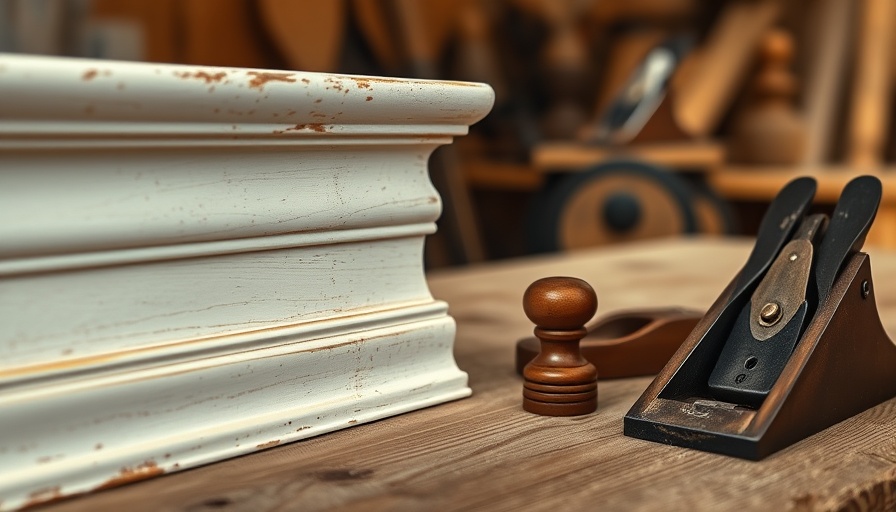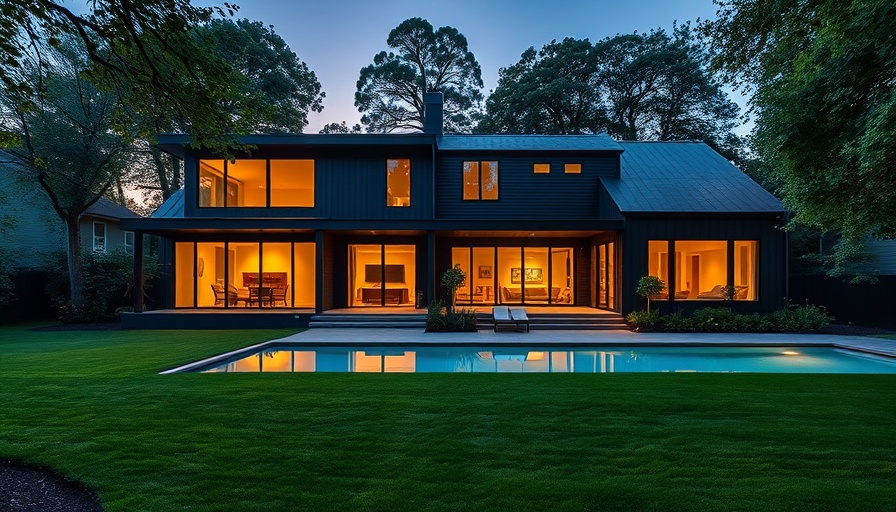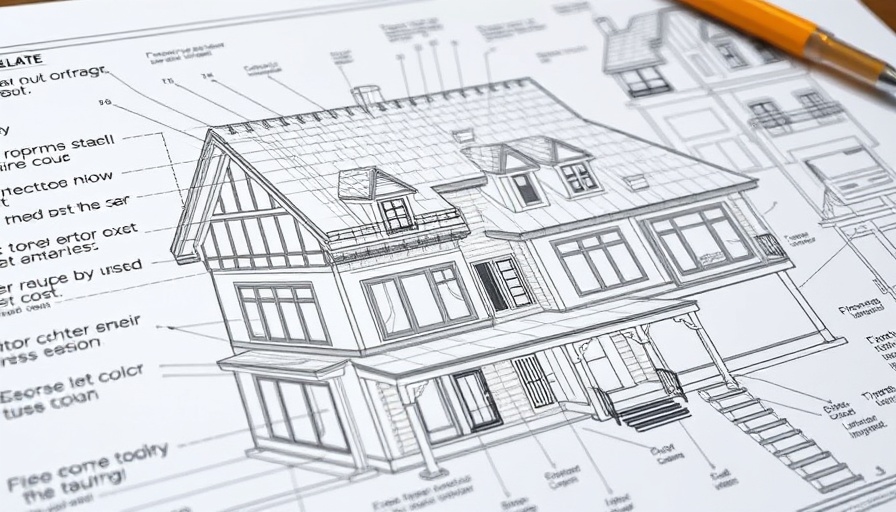
Preserving Character With Crown Molding
Crown molding brings a touch of elegance and sophistication to any home. This architectural design element not only enhances visual appeal but also adds historical significance to a building. Homeowners seeking to replicate classic styles will find that reproducing historic crown molding can become a fulfilling aspect of home renovation. Whether residing in a century-old estate or a modern abode, growing interest in maintaining traditional aesthetics is evident as many seek to weave history into their renovations.
Tools That Transform
Creating historic crown molding doesn't necessarily require a professional's toolkit. In fact, using common tools can yield impressive results. Essential tools include a miter saw, a measuring tape, and a straightedge, along with appropriate materials such as wood or foam. A miter saw, for example, allows for precise angle cuts that are paramount when piecing together the different sections of molding. Homeowners equipped with these simple yet effective tools can achieve a refined final product that closely resembles the intricate details found in historic constructions.
Step-by-Step Guide to Crafting Crown Molding
To begin, the first step involves measuring the space where the crown molding will be situated. Accuracy in measurements ensures a better fit and reduces the likelihood of having to re-cut pieces. Once measured, transfer the dimensions to the chosen material, marking cut lines carefully. Ensuring precision at every step is vital; even a small error can significantly impact the overall aesthetics.
- Gather Measurement Tools: Accurate measurements ensure that the crown molding fits perfectly.
- Choose Your Material: Wood offers a classic look while foam is lightweight and easier to manipulate.
- Make the Cuts: Use a miter saw for corners and joins to attain clean edges.
- Assembly: Dry fit all pieces before securing them permanently to ensure structural soundness.
- Finishing Touches: Once secured, sand the edges and paint or stain as desired for the final look.
Historical Significance and Modern Applications
Understanding the history behind crown molding can provide homeowners with a deeper appreciation for their work. Different periods in architectural history, such as the Federal, Victorian, and Arts and Crafts movements, each showcase distinct crown molding styles. Recognizing these features can inspire homeowners to experiment by infusing various styles into their own homes for a unique blend. Furthermore, as interest in authenticity rises, many suppliers are now creating modern crown molding profiles that replicate historical designs, making it easier than ever to maintain an authentic look.
The Future of Crown Molding in Home Design
As modern architectural trends evolve, crown molding will likely continue to metamorphose. Designers and homeowners alike are beginning to embrace minimalist aesthetics, having discovered ways to incorporate crown molding that are subtle yet striking. Future predictions suggest a rise in customizable molding profiles and pre-fabricated options. This approach provides consumers both the authenticity they desire and the convenience they require in today's fast-paced lifestyle.
Homeowners engaging in crown molding projects need not shy away from DIY methods; practical insights are easily attainable. Learning to reproduce historic crown molding using common tools not only enhances home value but also allows for personal expression through craftsmanship. Embracing these creative endeavors can reinvigorate outdated spaces while respecting historical significance.
 Add Row
Add Row  Add
Add 


Write A Comment